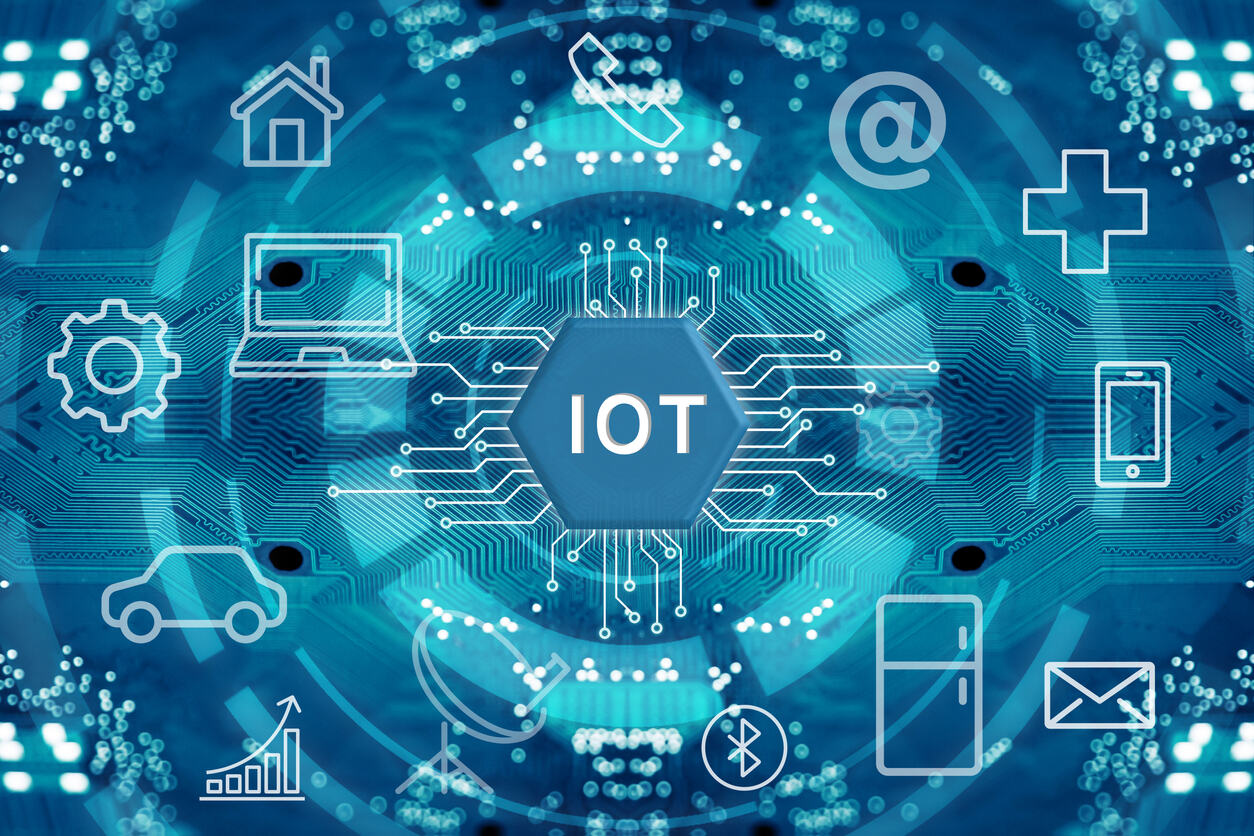
What are IoT devices? These gadgets connect to the internet, allowing them to send and receive data. Why are IoT devices important? They make life easier by automating tasks, improving efficiency, and providing real-time information. Imagine your fridge telling you when you're out of milk or your thermostat adjusting itself based on your schedule. How do IoT devices work? They use sensors, software, and other technologies to collect and share data with other devices or systems. What are some examples of IoT devices? Smartwatches, security cameras, and even smart light bulbs. Why should you care? These devices can save time, money, and energy, making everyday tasks simpler and more convenient.
Key Takeaways:
- IoT devices, from smart thermostats to connected cars, are revolutionizing the way we live and work. By 2025, there will be over 75 billion IoT devices worldwide, shaping the future of technology.
- IoT devices offer numerous benefits, from energy savings in smart homes to real-time traffic updates in connected cars. However, challenges like privacy concerns and cybersecurity threats must be addressed for a secure and efficient IoT future.
What is IoT?
The Internet of Things (IoT) refers to a network of physical objects embedded with sensors, software, and other technologies to connect and exchange data with other devices and systems over the internet. These devices range from ordinary household items to sophisticated industrial tools.
- IoT devices can include anything from smart thermostats to connected cars.
- By 2025, it's estimated there will be over 75 billion IoT devices worldwide.
- The term "Internet of Things" was coined by Kevin Ashton in 1999.
- IoT devices often use sensors to collect data from their environment.
- These devices can communicate with each other without human intervention.
How IoT Devices Work
Understanding how IoT devices operate can help grasp their potential and limitations. They typically follow a simple process: collect data, send it to the cloud, process it, and then act on it.
- IoT devices use various communication protocols like Wi-Fi, Bluetooth, and Zigbee.
- Data collected by IoT devices is often stored in the cloud.
- Machine learning algorithms can analyze data from IoT devices to predict future trends.
- Many IoT devices can be controlled remotely via smartphone apps.
- Security is a major concern for IoT devices due to potential vulnerabilities.
Benefits of IoT Devices
IoT devices offer numerous advantages, making life more convenient, efficient, and even safer. They have applications in various fields, from healthcare to agriculture.
- Smart home devices can save energy by optimizing heating and cooling systems.
- Wearable IoT devices can monitor health metrics like heart rate and sleep patterns.
- IoT in agriculture can help farmers monitor soil conditions and crop health.
- Connected cars can provide real-time traffic updates and route suggestions.
- Industrial IoT can improve efficiency by monitoring machinery and predicting maintenance needs.
Challenges and Concerns
Despite their benefits, IoT devices also come with challenges. These range from technical issues to ethical concerns.
- Privacy concerns arise from the vast amount of data IoT devices collect.
- Interoperability issues can occur when devices from different manufacturers can't communicate.
- Power consumption is a challenge, especially for battery-operated IoT devices.
- The sheer volume of data generated by IoT devices can overwhelm traditional data storage solutions.
- Cybersecurity threats are a significant risk, as IoT devices can be targets for hackers.
Future of IoT
The future of IoT looks promising, with advancements in technology paving the way for even more innovative applications.
- 5G technology will enhance the capabilities of IoT devices by providing faster and more reliable connections.
- Edge computing can reduce latency by processing data closer to where it is generated.
- AI integration will make IoT devices smarter and more autonomous.
- Blockchain technology can improve the security and transparency of IoT networks.
- Smart cities will rely heavily on IoT devices for efficient management of resources and services.
Fun Facts about IoT
Here are some interesting tidbits about IoT that you might not know. These facts highlight the versatility and widespread adoption of IoT technology.
- The first IoT device was a Coke machine at Carnegie Mellon University in the early 1980s.
- There are IoT-enabled toothbrushes that can track your brushing habits.
- Some IoT devices can even monitor the health of livestock on farms.
- IoT technology is being used to create smart clothing that can monitor vital signs and fitness levels.
The Impact of IoT Devices
IoT devices have transformed how we live, work, and play. From smart homes to connected cars, these gadgets make everyday tasks easier and more efficient. They offer convenience, improve safety, and even help save energy. Businesses benefit too, with better data collection and streamlined operations. However, it's crucial to stay aware of security risks and ensure devices are protected against cyber threats.
As technology advances, the potential for IoT devices will only grow. Embracing these innovations can lead to a more connected and efficient world. So, whether you're a tech enthusiast or just curious, understanding IoT devices can open up a world of possibilities. Keep exploring, stay informed, and enjoy the benefits these smart gadgets bring to your life.
Frequently Asked Questions
Was this page helpful?
Our commitment to delivering trustworthy and engaging content is at the heart of what we do. Each fact on our site is contributed by real users like you, bringing a wealth of diverse insights and information. To ensure the highest standards of accuracy and reliability, our dedicated editors meticulously review each submission. This process guarantees that the facts we share are not only fascinating but also credible. Trust in our commitment to quality and authenticity as you explore and learn with us.
